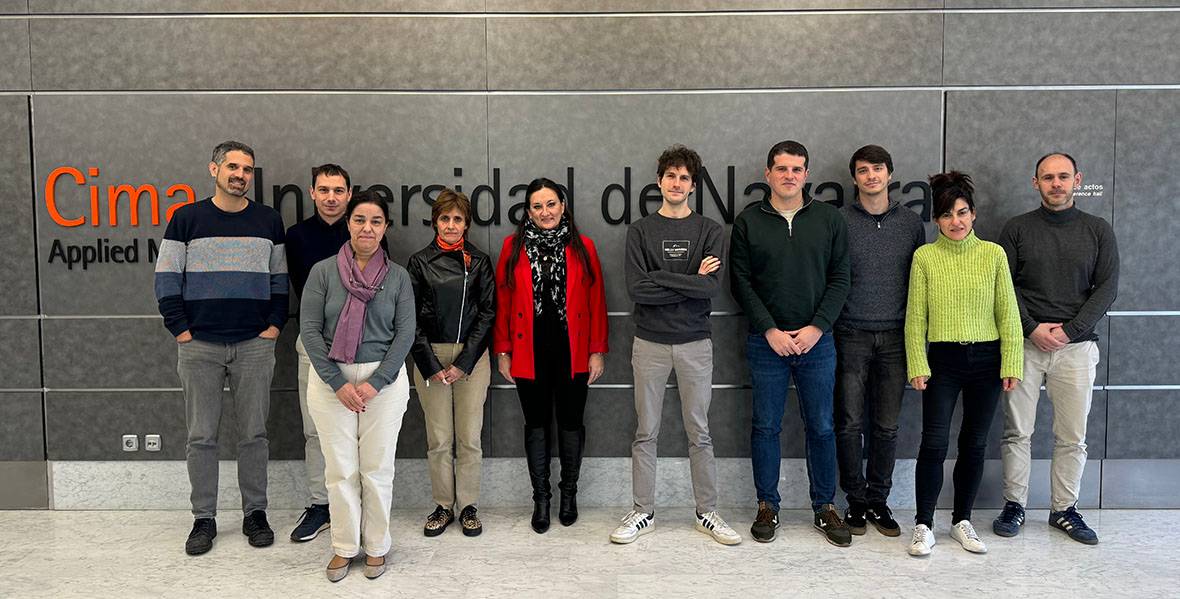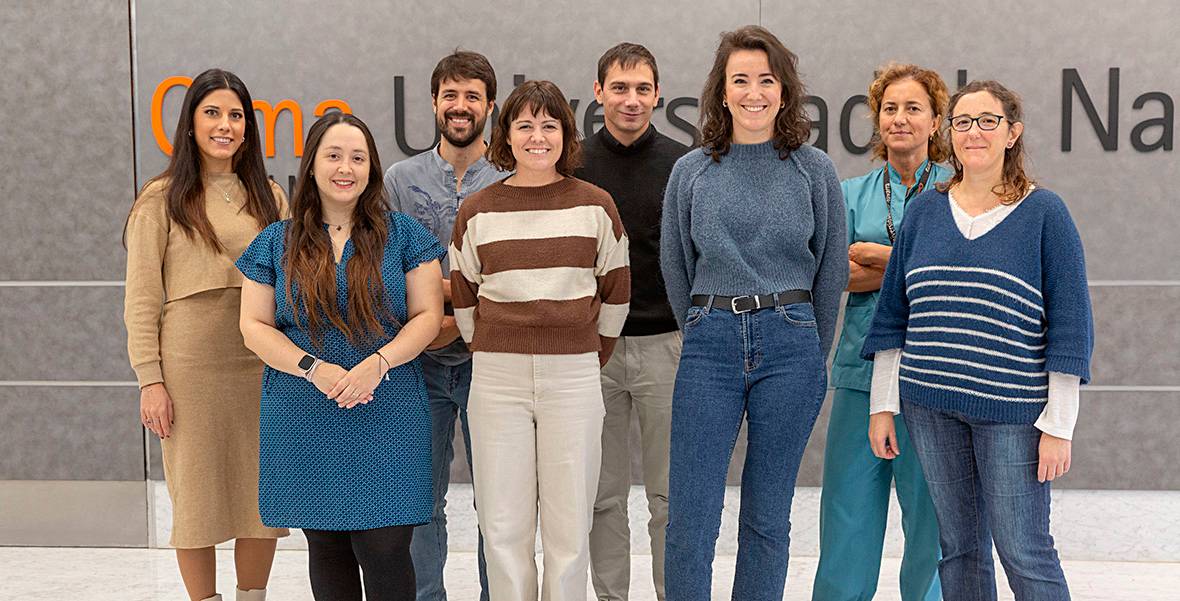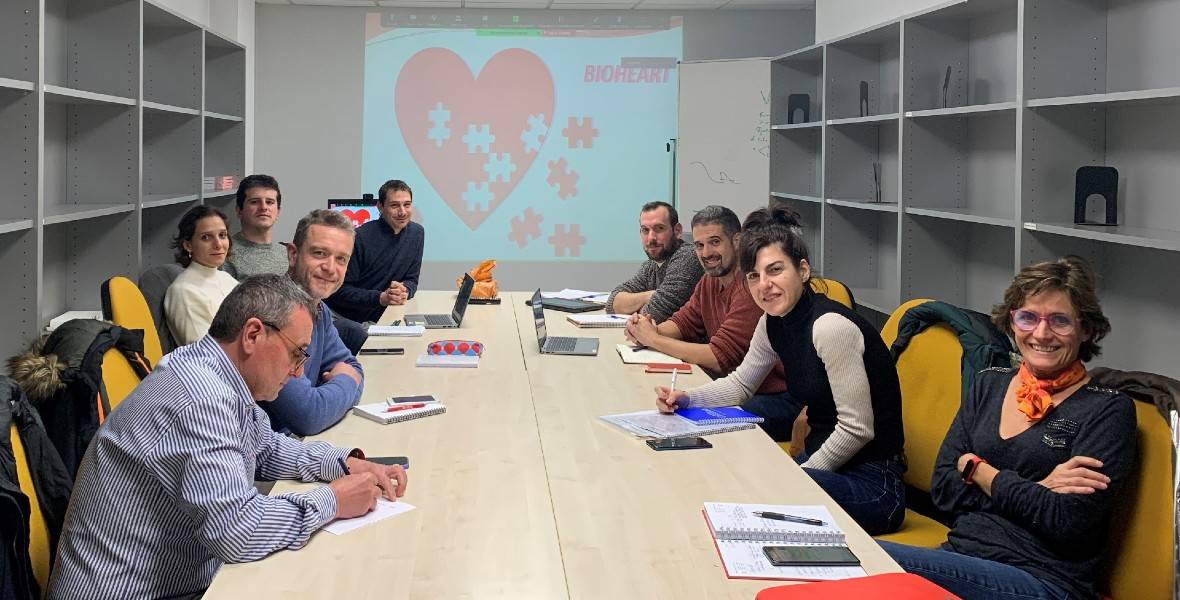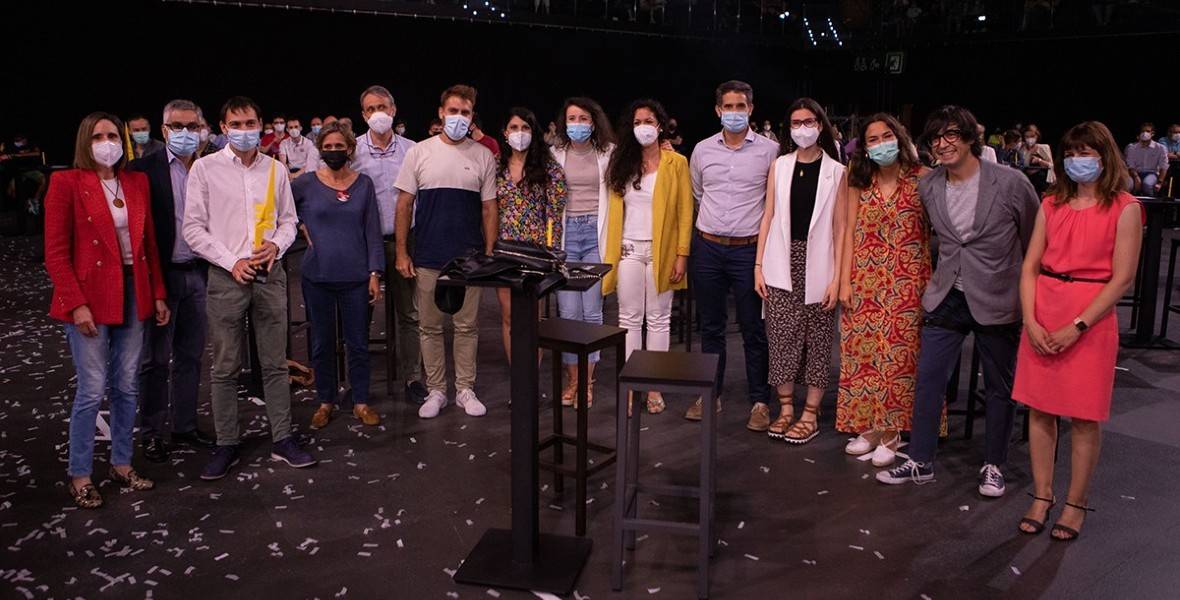BRAVE Project
Advanced bioengineering to develop cardiac tissue and apply it to cardiotoxicity study and detection

The BIOHEART project faces the challenge of advancing in the development of 3D printing technology and biomaterials that allow obtaining human cardiac tissue in the laboratory, from mini-hearts to complete organs, as well as making them valuable as an effective and novel platform for the early detection of cardiotoxicity.
This is one of the Strategic R&D Projects 2022 of the Government of Navarra. It is made up of a multidisciplinary consortium that brings together the experience of the reference research organizations in Navarra (Cima University of Navarra, Navarrabiomed, and AIN), actors from the agri-food sector (Los Alecos), and industry (Nadetech), together with the translational clinical capacity of the two most important hospitals in the region (University Hospital of Navarra and Clínica Universidad de Navarra). Finally, ADItech participates in the project to include the gender dimension in research and thus contribute to its scientific excellence.
This way, BIOHEART seeks to bring together cutting-edge technology in areas such as stem cells, interspecies chimeras, 3D printing, and tissue biofabrication. The integration of different agents essential for its development is necessary to achieve its goal.
The previous teamwork experience of most of the institutions participating in the consortium guarantees the synchronization and synergy of their activities.

Need more information?
If you are interested in learning more about our research, please contact us.
Coordinator and partners
Project coordinator:
- FIMA through Cima Universidad de Navarra
Project partners:
- Fundación Miguel Servet through Navarrabiomed.
- AIN
- Granja Los Alecos SL
- Nadetech Innovations SL
- Clínica Universidad de Navarra
- Hospitalario Universitario de Navarra
- ADItech
Objectives of the BIOHEART consortium
Specialized teams to achieve the objective
Developing cutting-edge industrial technology
From the design and manufacture of new multifunctional 3D printing equipment and biomaterials to the development of specific bioinks for the development of novel biomaterials.
Fabricate and characterize 3D cardiac tissue
This includes not only cardiac muscle tissue (myocardium), but also valvular tissue. In addition, progress will be made at two different scales: mini-tissue and whole heart.
Develop strategies for differentiation of hiPSCs
to cardiac tissue and technologies that allow the generation of interspecies chimeras or blastocyst complementation, among others.
To implement cardiac tissues for potential clinical application
Optimization to detect the presence of cardiotoxicity associated with anti-oncology therapy and to delve into sex/gender differences and associated mechanisms.
 Project participants
Project participants
|
|
|
- Natalia López Andrés
- Eva Jover García
- Lara Matilla Cuenca
- Mattie Garaikoetxea Zubillaga
- Amaya Fdz. de Celis
- Alicia Gainza Calleja
- Luis Francisco Martín
- Mariola Calle de Celis
- María Monteserín Leiva
- Cristina Lecumberri Garriz
- Iker Arrizabalaga Asorey
- Alejandro Martínez Esteban
- Saioa Burgui Erice
- Lorea Fernández Huarte
- Ane Ariz Monreal
- Jaime Chamba Quezada
- Juan Carlos Sola Bermejo
- Juan Antonio Ruiz Fuentes
- Roberto Díaz Marqués
- Uan Dung Dang
- Darío Jiménez
- Carlos Modrego Ulecia
- Joaquín Ascorbe
- Manuel Mazo Vega
- Emma Muiños López
- Juan José Gavira Gómez
- Froilán Granero Moltó
- Cristina Calviño Sampedro
- Ascensión López Díaz de Cerio
- Susana Inogés Sancho
- Andrea Sánchez Bueno
- Eduardo Larequi Ardanaz
- Tania López Martínez
- Purificación Ripalda Cemboráin
- Virginia Álvarez Asiain
- Rafael Sádaba Sagredo
- Adela Navarro Echeverria
- Virginia González Toda
- Javier de Diego Candela
- Alba Sádaba Cipriain
- Carolina Tiraplegui Garjón
- Maite Odriozola Garmendia
- Jon Izaguirre Iriarte
- Alexandra Martínez Clamens
- Dra Lourdes Chacón Alberty (external colaborator)
Latest news from the BIOHEART project



